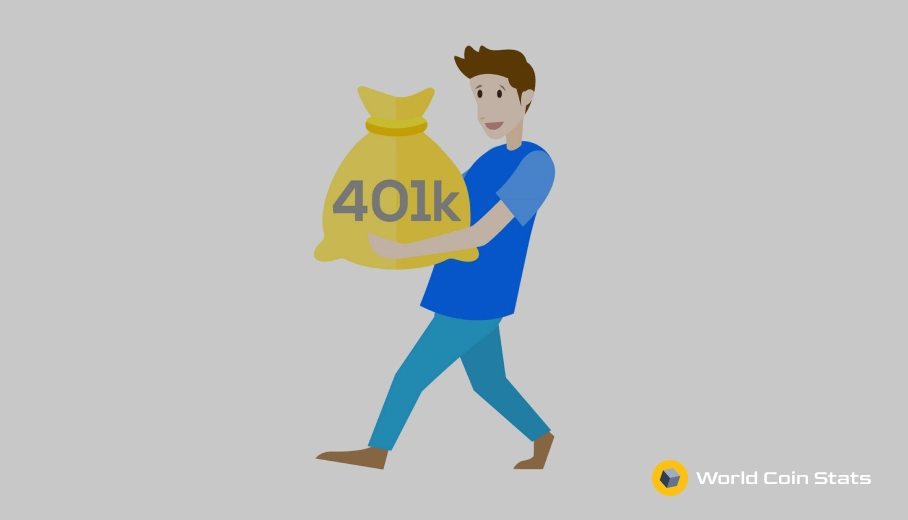Investing for Dummies: The Ultimate Investment Guide For Beginners
Do you want to reach financial independence by becoming a part of the investing sphere? If you find it challenging to begin investing, and you are uncertain where you should start from, then you have come to the right place.
I want to walk you through the basics of investing, where you should start from, and what you should be beware of. Just keep on reading.
The most obvious question is: Should I Be Investing My Money?
It is essential to start investing, and your age doesn’t matter. The younger you are when you start investing, the longer you will be in the game. In other words, if you begin when you are younger, your chances of being successful and growing wealth are higher.
However, it is essential to understand the basics of investing before you decide to invest your money to keep or double and not lose them. There is not a single experienced investor in the world who skipped this part.
So, let’s review what investing is and why you should consider investing.
What is Investing and What Investment Options do I have?
By buying a share of stock, you are investing in a company. The more stocks you buy, the more pieces of that company you own. Yes, you are becoming the owner of the company.
If the cost of the stock goes up, you are being rewarded. However, if the price of the stock goes down, this means the company does poorly, and you won’t be paid.
Nowadays, there are different types of product to invest your money in:
Stocks
Investors buy shares of a company, and therefore they own a piece of that company
Bonds
Investing in an organization’s loans in exchange for interest payments and repayment at the bonds maturity date.
Exchange-Traded Funds, Mutual Funds, Money Market Funds, Hedge Funds, and Closed-End Funds
Investors have a broader selection of investment options when choosing an investment fund.
Bank Products
Banks offer different types of products, such as savings accounts.
Immediate Annuities or Deferred Annuities
Investors sign a contract with an insurance company that is expected to make periodic payment.
Options
The purchaser of the contract has the right to sell or buy a security at a fixed price within a specific period.
Cryptocurrencies
Lately, cryptocurrencies are a preferred option for many investors. However, there is significant uncertainty and potential risks when it comes to crypto investing.
Commodity Futures
Investors can buy or sell a specific quantity of a commodity at a fixed price on a particular date in the future.
Security Futures
buying or selling a specific quantity of shares of an individual stock on a specific date, thanks to the permission of the Federal regulations for trading in futures.
All of these investment options come with different trading strategies and potential risks. That’s why investors need to study the market and learn as much as possible about the different types of investment options they have.
But now that you know where you can invest your money in, it’s time to learn more about the investment process, how to start investing, and how to prepare yourself for a smart investment.
How to Start Investing
First Step: Determine What Your Investment Goal Is
Are you investing for retirement? Are you saving money for something else in the near future like college expenses, to purchase a home, or to build one on your own? When will you need your cashback? A few months, a year, three years, or longer?
If you want to build a prosperous financial future, you have to know what your goal is and why are you considering investing in the first place. What is your purpose?
Saving for Retirement?
If your goal is to retire early, long-term financial investments are the best choice, so consider maintaining a relatively small budget to your income. In other words, avoid spending money on large purchases. Instead of spending a significant amount of your money on large purchases, aim to invest more money.
To achieve the desired results, future investors need to know how much capital they will need as well as the future point in time when they might need it back. That’s why calculating how much they should invest and what kind of return on their investment they should expect is a must.
Remember, when you put money towards your savings, your chances of retiring early are higher. But to do so, you have to open a retirement account, and you have the following options:
- Traditional IRA
- Roth IRA
- 401(k)
The sooner you start investing, the sooner you can retire. However, investing might not be a smart move for a person who wants to save money for the near future. Let me explain what I mean.
Saving money for the near future?
Some people are better off just saving money instead of investing them. Those people save money for the near future, and it means they have a short-term strategy in play.
If I have learned something from my experience, it is that short-term investments are riskier than long-term investments. People who follow a short-term investment strategy might be in danger of losing a lot of money if not their entire investment.
Second Step: Decide What Investment Strategy You Will Follow
Following a long-term strategy means you don’t have to make risky investments. If you are planning on maintaining a portfolio of investments for a longer period of time, you might be able to double your first investment in 10 years.
- Low Risk
- High Return Potential
Following a short-term strategy might increase your principal investment in a short period of time. If you are interested in curating an aggressive portfolio of stocks and not expecting to hold the stock for longer than three years, then you should consider this option.
- High Risk
- Great Return Potential
Third Step: Create a Well-Diversified Portfolio
Every experienced investor has a portfolio. They had to learn how to develop and manage their portfolios, and how to choose the right stock, bond, mutual fund, ETF, or cryptocurrency to invest in. You should do the same.
When it comes to stock investing, aim to create a diversified portfolio. A well-diversified portfolio, owning different types of stocks, is the best way to gain high returns at the lowest risk.




